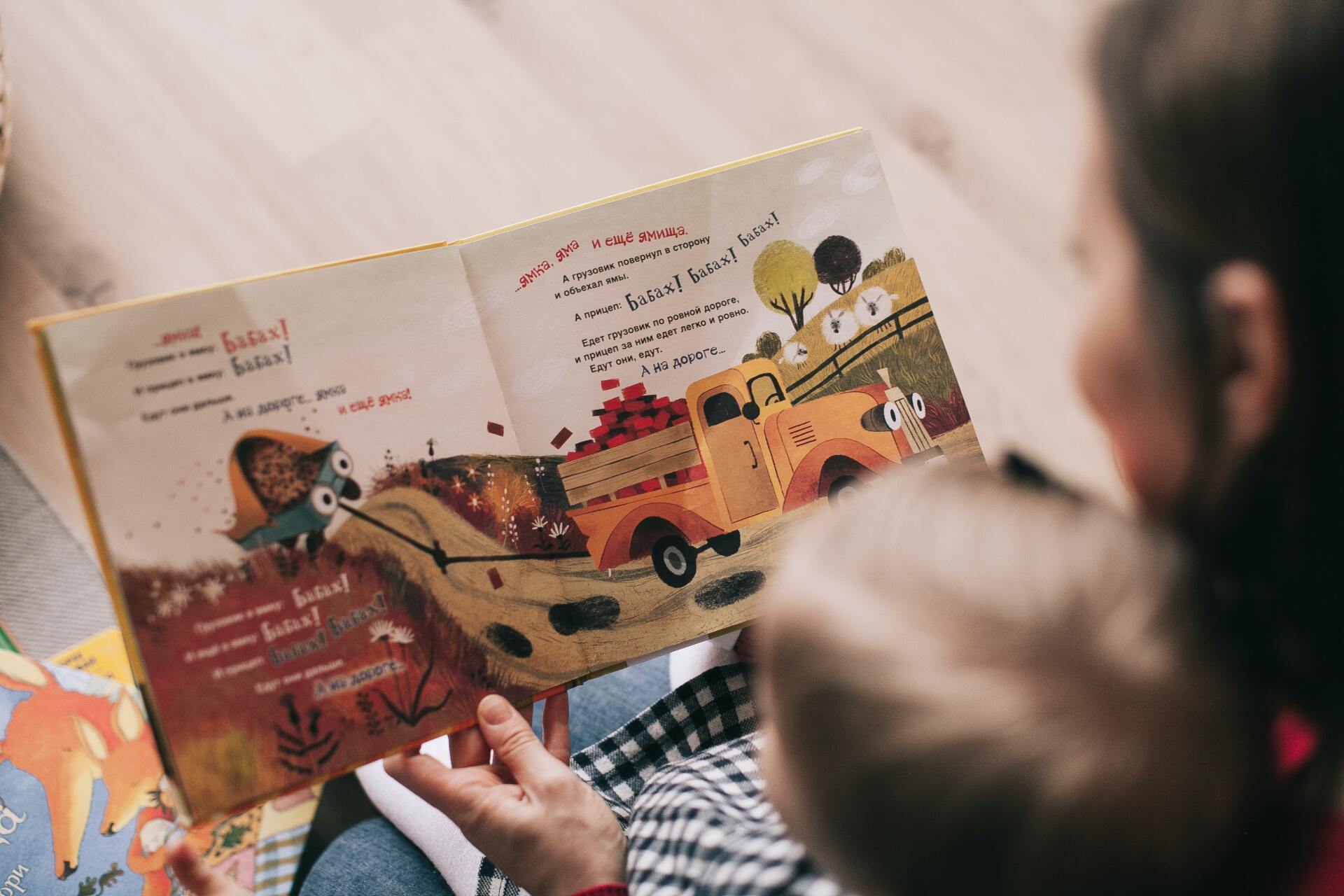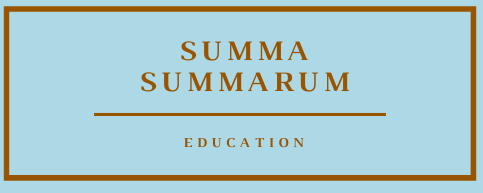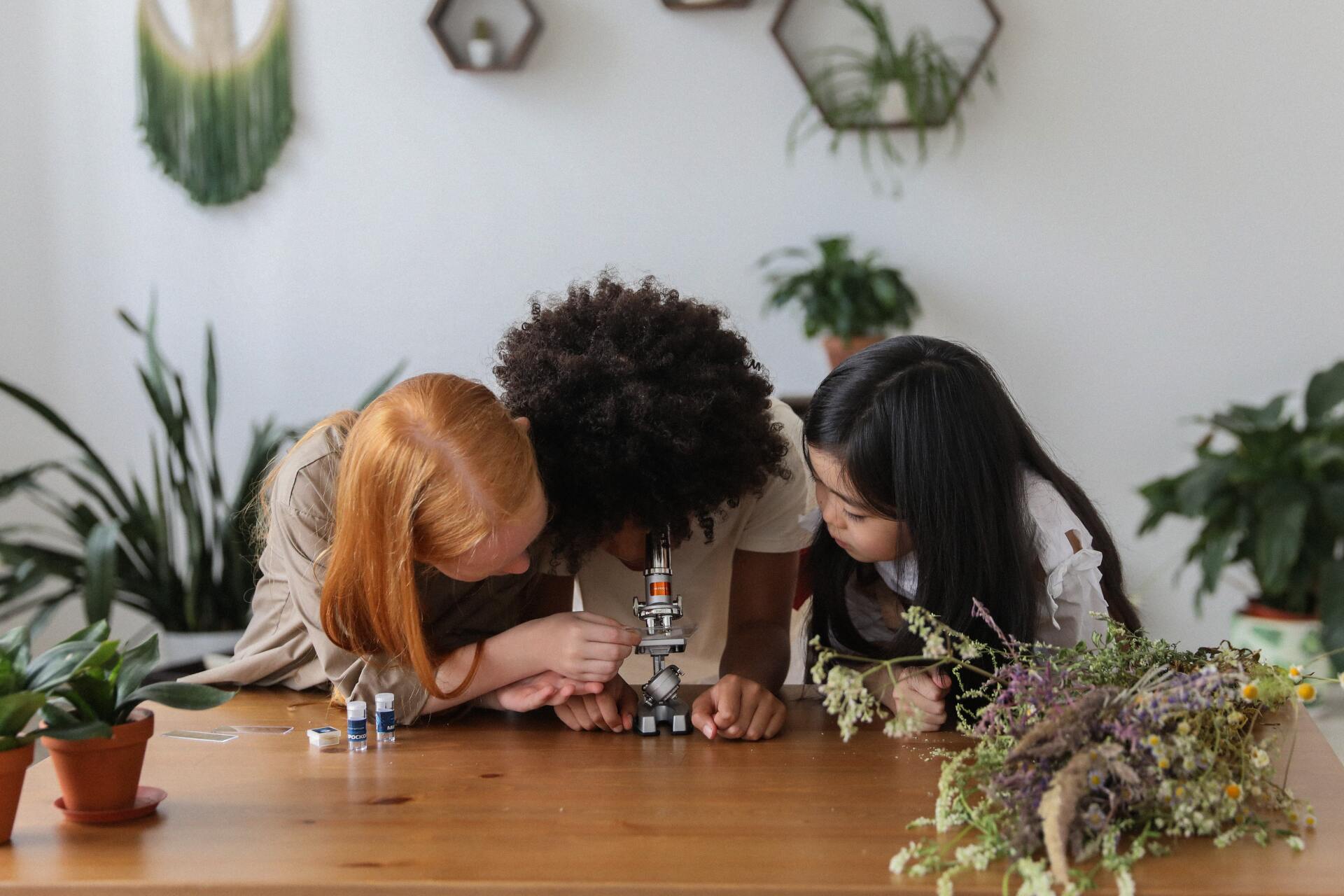What type of learner are you?
What type of learner are you?

VAK Learning
“VAK learning” is a model that explains how learners approach information, and how they absorb it. The VAK (Visual, Auditory, and Kinaesthetic) model divides all learners into three categories: Visual learners, Auditory learners and Kinaesthetic learners. The man behind this idea was Walter Burke Barb, and it was further developed by Neil Fleming. There are differences in how the three groups of learners deal with information, however each group shares some features with the other two.
Visual Learners
Visual learners metabolise information by seeing, through aesthetic and visual cues. They are imaginative and have no difficulty picturing complex phenomena, concepts and ideas without much aid. These people tend to take frequent notes, in detail, so that concepts are available in the simplest form to absorb visually. A visual learner would much rather sit in front of the class, as the teacher’s body language, facial expression and other non-verbal communication is pivotal in learning. Such a learner might struggle with verbal instructions, but would be totally unhesitant in following graphs, charts, diagrams and written instruction. Their key distraction is visual stimuli, such as something happening outside a window, or pop-ups on a computer screen.
Auditory Learners
Someone with an inkling for an auditory style of learning would usually be sensitive about the tone, voice and rhythm of the instructor. For them information heard is processed more easily than information viewed. Instead of taking notes, they would much rather record or tape a lecture. They would frequently ask questions, to make sure that they heard the instructions correctly. A common way for an auditory learner to understand something is to talk it through, due to which they are great at oral presentations and panel group discussions. They are easily distracted by auditory stimuli, such as distractive, unnecessary noise, and being spoken to.
Kinaesthetic Learner
The kinaesthetic learner is somebody who learns by the work of hands: by moving, touching and doing. These learners often find themselves thriving at expressive and performing arts, as well as sports. They tend to learn standing, instead of sitting and may appear rather fidgety and restless in class. A kinaesthetic learner has a higher chance of being good in practical or real-life subjects like cooking, woodwork and engineering. These individuals find themselves struggling with figurative, deep and abstract ideas, thus they tend to learn via drawing by hand or sketching and doodling. Their main distraction is the desire to be physically active and not sedentary, which explains why they tend to take a higher number of study breaks.
It is important to note that nobody solely follows either visual, auditory or kinaesthetic style. Most people will have a mixture of all three, albeit a dominant or preferred style of learning. Moreover, it’s also interesting that the “VAK” style of learning is now more commonly known as “VARK” (Visual, Auditory, Read/write and Kinaesthetic). The only addition is of the “R”, referring to the “read/write” style of learning/ group of learners. This style of learning involves focusing more on words and textual information, in lieu of pictorial, verbal or experiential.
A “read/write” learner may either learn directly through some text, or may take notes of ideas that come up in his/her mind from reading that text. A lot of them even tend to interpret textually, visual pieces of information like pictures, graphs and diagrams. So, for ease of learning they may write down the message a picture is trying to convey, or the different data sets represented by a graph, or the information encoded by a diagram. Instead of using flow charts and other diagrams, these learners would opt for a hierarchy of words (such as: lists and bullet points) to conceptualise ideas. Such learners also enjoy doing secondary research, as it involves delving into books, online articles and research papers. Since reading and writing both require prolonged attention spans, they might find most sounds to be distracting, in some cases the teacher’s voice as well.
TESTING YOUR VAK STYLE
Answer the following questions or get your child to sit with you and record the choices on a piece of paper. You need to write down “a”, “b”, or “c” for each answer.
- You get a “Build It Yourself” kit. You then proceed to :
(a) read the instruction manual.
(b) watch a tutorial or take advice from someone.
(a) jump in and start building.
2. Picture yourself at a concert. Are you
(a) watching the performance and looking around.
(b) closing your eyes to absorb the music.
(c) moving and dancing to the beat.
3. To overcome anxiety, i generally
(a) picture all the scenarios in my head
(b) talk to myself
(c) move around and fidget or walk up and down
4. My first impression when meeting someone is
(a) the clothes they wore and their looks
(b) how they sound and speak
(c) stand and move
5. I spend most of my free time
(a) binge watching shows
(b) chatting with close friends
(c) moving around and using my hands
6. I easily connect with people
(a) based on how they look
(b) who say the right things
(c) who give out a good vibe
7. When choosing a new outfit, I
(a) picture myself wearing the clothes
(b) ask my friend/family/shop staff for advice
(c) always try the outfit out first
8. Which of the following sentences do you use the most:
(a) “I see what you mean”
(b) “I hear what you’re saying”
(c) “I know how you feel”
9. I like
(a) watching movies, art exhibits, or Nat Geo
(b) listening to my favourite songs or long conversations on the phone
(c) joining in on activities, dancing or playing sports
10. I address issues with acquaintances by
(a) writing them a note or a message
(b) calling them
(c) meeting them face to face and airing out the issue
11. I normally can tell if people are lying when
(a) they don’t make eye contact
(b) their voice sounds funny
(c) I get a weird vibe of them
12. The best way to spell a tricky word is to
(a) write it down
(b) spell it out loud
(c) trace it in the air with your finger
13. Someone mispronounces the word “espresso” as “expresso”. You
(a) picture a cup with the word “espresso” on it
(b) say the word “espresso” in your head
(c) imagine yourself drinking a cup of espresso
14. The best way to revise for an exam is
go through your notes
recite the key points out loud or to yourself
write down information and make revision cards
15. You're trying to study at a library. What would distract you the most?
(a) people coming in and out
(b) whispering and talking at the other table
(c) someone moving their chair
Now count the number of a’s and the number of b’s and the number of c’s in your answers.
RESULTS
If a majority of your answers are a’s that indicates a strong Visual learning ability.
Visual learners tend to
- Maximise learning from graphs, charts, diagrams etc.
- Get distracted easily by any external visual stimuli
- Picturize various scenarios in their minds effortlessly
- Generally prefer to write down instructions and take notes for themselves
- Fall into two sub groups: visual-linguistic (learn via the written word) and visual-spatial ( comprehend visual information instead of words)
If most of your answers were b’s, this suggests an intense Auditory Learning capability.
Auditory Learners generally
- Prefer talking to others
- Have difficulty reading and writing
- Follow verbal instructions pretty well.
- Love oral presentations
- Get distracted easily by background noise
Likewise, if ‘c’ was the most chosen, that implies Kinaesthetic Learning is the most suited.
Kinaesthetic Learners normally
- Prefer practicals such as lab work, carpentry , cooking or anything that involves movement
- Are good at sports and actively participate in them
- Tend to zone out during highly abstract or theoretical discussions
- Doodle or draw during lectures, and might even take notes just to move their hands
- Also fall into two groups: kinesthetic ( learning through motion) and tactile (learning through touch)
TEACHING BASED ON YOUR CHILD’S VAK PREFERENCE
The following guidelines should help you to pattern your child’s study time according to their identified VAK style. Please remember, the guidelines for all three styles can be mixed and matched to best suit your child’s individual needs. As a parent, you will know best which helps and which should be fine tuned.
VISUAL LEARNING
- Try to incorporate presentations, handouts and graphs/charts during each lesson.
- Ask your child to write out their answers and hand them in
- Leave white space for them to write out notes in their handouts
- During the more auditory learning parts of teaching, get your child to write out questions. Take several breaks and ask them to read the questions they have till that point.
- Use keywords and images during a lesson that covers parts of the topic.
AUDITORY LEARNING
- Start off each lesson with an introduction and end with a summary.
- Have frequent discussions during class and allow the child to record these if they wish.
- For more than one child in a class, get them to debate and discuss their points of view in a healthy manner.
- Ask them questions and get them to divulge what they have understood so far. Correct any misconceptions and repeat the same question in a different context after some time has passed.
- Encourage them to read handouts aloud.
KINESTHETIC LEARNING
- Incorporate activities in a majority of the lessons that gets them to move
- Use different colors in presentations and ask them to highlight key points in handouts.
- Take breaks and let them move out of the study room for a while.
- Background soft music helps. Try lo-fi music.
- During long lectures provide the child with play dough or kneading balls to keep their hands busy.
Conclusion
A small reminder about learning preferences is that even though it is critical to know your learning strengths as a base for the maturation of studying patterns, you need to understand that not all college courses and instructional methods will align to your strengths. Try to adapt your learning by looking at the key points for each learning habit mentioned above.This is a great opportunity to also enhance and develop yourself to learn in different ways.Many eminent professionals attempt problem solving and decision making from various concepts.
Let us know if you need any help identifying your child’s preferred learning style and more importantly, if you require assistance in preparing lessons according to their preferred style. You can book a free consultation
here.
Always remember, the more we learn as teachers, the easier it gets to teach our kids.












